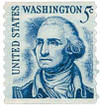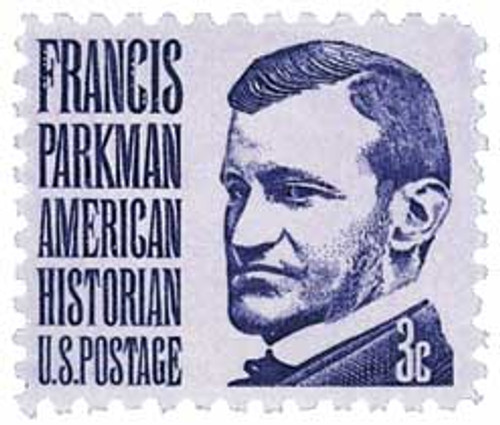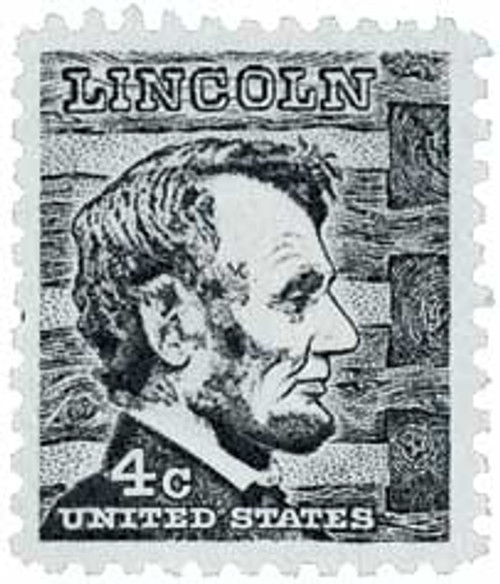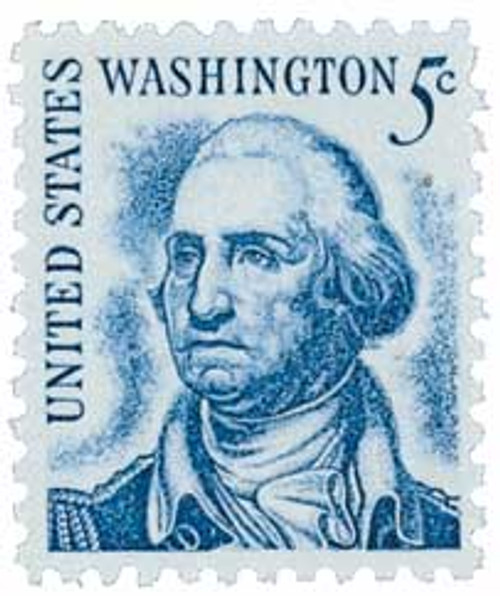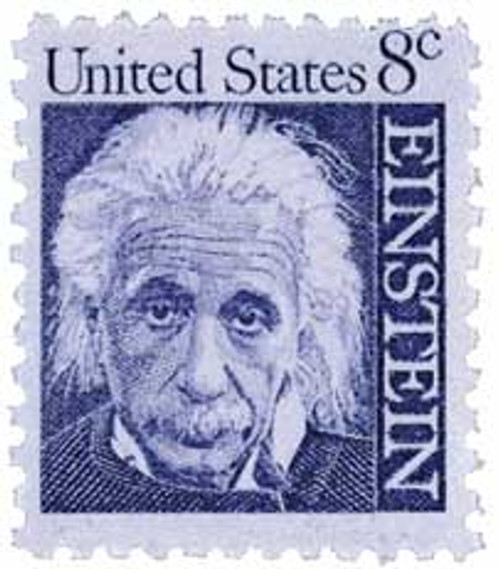
1981 5C Washington Redrawn, Coin, Perf 10
# 1304C - 1981 5C Washington Redrawn, Coin, Perf 10
$0.35 - $25.00
U.S. #1304C
5¢ George Washington
Prominent Americans Series Coil
5¢ George Washington
Prominent Americans Series Coil
Issue Date: January, 1981
Printed By: Bureau of Engraving and Printing
Printing Method: Rotary Press
Perforation: 10 vertically
Color: Blue
Printed By: Bureau of Engraving and Printing
Printing Method: Rotary Press
Perforation: 10 vertically
Color: Blue
Prominent Americans Series
The Prominent Americans Series recognizes people who played important roles in U.S. history. Officials originally planned to honor 18 individuals, but later added seven others. The Prominent Americans Series began with the 4¢ Lincoln stamp, which was issued on November 10, 1965. During the course of the series, the 6¢ Eisenhower stamp was reissued with an 8¢ denomination and the 5¢ Washington was redrawn.
A number of technological changes developed during the course of producing the series, resulting in a number of varieties due to gum, luminescence, precancels and perforations plus sheet, coil and booklet formats. Additionally, seven rate changes occurred while the Prominent Americans Series was current, giving collectors who specialize in first and last day of issue covers an abundance of collecting opportunities.
The 5¢ denomination pictures the “Father of Our Country,” George Washington.
The First Commander In Chief
Washington was a representative at the First Continental Congress, which met in September 1774. At the Second Continental Congress, which opened on May 10, 1775, Washington was elected commander in chief. He had not sought the position, but accepted the responsibility.
General Washington became a hero of the people. Throughout the revolution, Washington seldom had more than 15,000 troops under his command. The British had a larger, better-trained army, more guns, and more supplies. But, Washington’s bravery and patience held the American army together. The brave general endured many hardships along with his troops. During the winter of 1777 to 1778, spent in Valley Forge, troops were forced to endure freezing weather with poor shelter, little food, and insufficient clothing. Some were even without shoes. Through it all, Washington’s stature among his soldiers and the American people continued to rise.
Washington’s Strategy for Victory
With his military experience, Washington knew the British navy gave the enemy a huge advantage. However, from his experience during the French and Indian War, he knew the British army moved slowly on land. For most of the war, Washington’s army fought a series of battles and strategic retreats. The hope of the Americans was that the French would send a fleet of ships to help fight the powerful British navy. Washington hoped to trap the British against the sea, with the French navy preventing a retreat.
Washington’s hopes came true at the Battle of Yorktown. His army surrounded Lord Cornwallis’ army on September 28, 1781. A fleet of French warships prevented the British navy from providing a seaward escape route. On October 6, Washington began attacking. Lord Cornwallis and about 8,000 of his men finally surrendered on October 19, 1781.
This victory broke the British resolve to win the war. Peace talks dragged on for months, and finally resulted in the Treaty of Paris, which officially ended the war on September 3, 1783.
U.S. #1304C
5¢ George Washington
Prominent Americans Series Coil
5¢ George Washington
Prominent Americans Series Coil
Issue Date: January, 1981
Printed By: Bureau of Engraving and Printing
Printing Method: Rotary Press
Perforation: 10 vertically
Color: Blue
Printed By: Bureau of Engraving and Printing
Printing Method: Rotary Press
Perforation: 10 vertically
Color: Blue
Prominent Americans Series
The Prominent Americans Series recognizes people who played important roles in U.S. history. Officials originally planned to honor 18 individuals, but later added seven others. The Prominent Americans Series began with the 4¢ Lincoln stamp, which was issued on November 10, 1965. During the course of the series, the 6¢ Eisenhower stamp was reissued with an 8¢ denomination and the 5¢ Washington was redrawn.
A number of technological changes developed during the course of producing the series, resulting in a number of varieties due to gum, luminescence, precancels and perforations plus sheet, coil and booklet formats. Additionally, seven rate changes occurred while the Prominent Americans Series was current, giving collectors who specialize in first and last day of issue covers an abundance of collecting opportunities.
The 5¢ denomination pictures the “Father of Our Country,” George Washington.
The First Commander In Chief
Washington was a representative at the First Continental Congress, which met in September 1774. At the Second Continental Congress, which opened on May 10, 1775, Washington was elected commander in chief. He had not sought the position, but accepted the responsibility.
General Washington became a hero of the people. Throughout the revolution, Washington seldom had more than 15,000 troops under his command. The British had a larger, better-trained army, more guns, and more supplies. But, Washington’s bravery and patience held the American army together. The brave general endured many hardships along with his troops. During the winter of 1777 to 1778, spent in Valley Forge, troops were forced to endure freezing weather with poor shelter, little food, and insufficient clothing. Some were even without shoes. Through it all, Washington’s stature among his soldiers and the American people continued to rise.
Washington’s Strategy for Victory
With his military experience, Washington knew the British navy gave the enemy a huge advantage. However, from his experience during the French and Indian War, he knew the British army moved slowly on land. For most of the war, Washington’s army fought a series of battles and strategic retreats. The hope of the Americans was that the French would send a fleet of ships to help fight the powerful British navy. Washington hoped to trap the British against the sea, with the French navy preventing a retreat.
Washington’s hopes came true at the Battle of Yorktown. His army surrounded Lord Cornwallis’ army on September 28, 1781. A fleet of French warships prevented the British navy from providing a seaward escape route. On October 6, Washington began attacking. Lord Cornwallis and about 8,000 of his men finally surrendered on October 19, 1781.
This victory broke the British resolve to win the war. Peace talks dragged on for months, and finally resulted in the Treaty of Paris, which officially ended the war on September 3, 1783.




